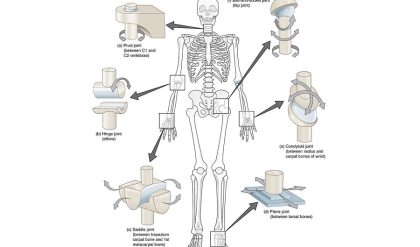Capillary Methods
In capillary methods the test fluid is made to flow through a narrow tube as a result of hydrostatic or applied pressure. Capillary measurements are considered the most precise way of determining the viscosity of Newtonian and some non-Newtonian viscous fluids, and are generally simpler in design and less expensive relative to rotational instruments. Poiseuille’s Law, which relates the rate of flow through a capillary to the viscosity of the liquid, is the basis for the capillary method.
Glass Capillary Viscometer
  Extrusion Capillary ViscometerThese instruments are widely used for measuring viscous fluids, such as asphalt cements, polymer melts, and stable concentrated suspensions. Extrusion viscometers have the advantage of high precision and simple design, and are less subject to temperature effects that can occur during shearing of highly viscous fluids in rotational devices.Extrusion viscometers use a cylindrical piston to force the test fluid from a reservoir through the capillary tube at a constant velocity. By measuring the pressure drop across the capillary as a function of flow rate for multiple capillaries of the same diameter, d, but differing length, L, it is possible to determine the viscosity as a function of shear rate (see for example Figure 6). Extrusion Capillary ViscometerThese instruments are widely used for measuring viscous fluids, such as asphalt cements, polymer melts, and stable concentrated suspensions. Extrusion viscometers have the advantage of high precision and simple design, and are less subject to temperature effects that can occur during shearing of highly viscous fluids in rotational devices.Extrusion viscometers use a cylindrical piston to force the test fluid from a reservoir through the capillary tube at a constant velocity. By measuring the pressure drop across the capillary as a function of flow rate for multiple capillaries of the same diameter, d, but differing length, L, it is possible to determine the viscosity as a function of shear rate (see for example Figure 6). Figure 6. Diagram of a simple extrusion viscometer. Figure 6. Diagram of a simple extrusion viscometer. |



